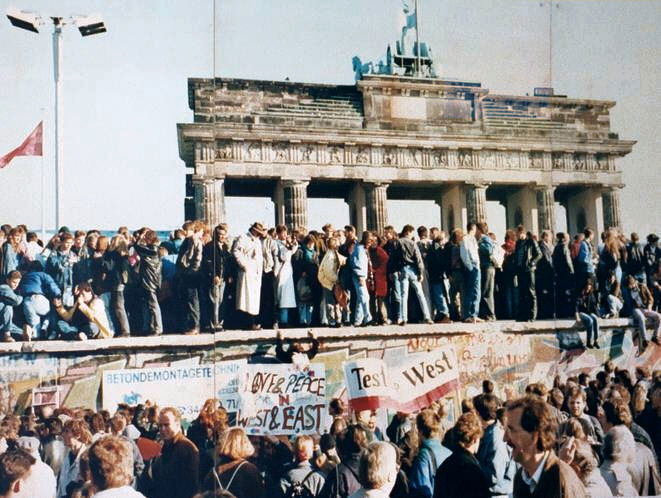This morning, I finished "The Girls of the Atomic City: The Untold Story of the Women Who Helped Win World War II" by Denise Kiernan. This fascinating book focuses on the real-life activities of nine women who worked at the Clinton Engineer Works in Oak Ridge, Tennessee in the 1940s. The women were employed because of their particular skills - secretaries, a statistician-mathematician, a janitor, a chemist, a pipe inspector, two machine operators, and a nurse. Later revealed to be one of the main manufacturing sites for the Manhattan Project, none of the employees at the time knew exactly what the plant made - they just knew that it was part of the war effort. None of them saw the whole operation, and each employee signed a pledge of secrecy (and were reminded repeatedly) regarding how vital their silence was regarding the small bits of information they did know. Folks who talked about their job to other employees or to townsfolk were immediately dismissed. Somehow, the secret held. Amazing.

Even more incredible to me was the way these women were recruited.They were approached individually, usually by a boss, an acquaintance, or a military official, and asked if they would like to be part of a special project to help the war effort. Their new job would require that they leave their current work and home setting. They would board a train and travel to an undisclosed location, live in an unnamed town for an uncertain amount of time, perform tasks that must remain secret, and never speak to anyone about what they did all day long, not even their own family or spouse. The work would be steady and the pay terrific. Everything would be arranged for them. All they had to do was say yes.

And they did. Eventually, tens of thousands of women with an adventurous spirit and a desire to work for a quick end to the war leaped into these jobs. Makes me wonder how many of us today would leave the comforts of home for such a big unknown.
I never heard of Oak Ridge Tennessee or the contribution of these women until I read this book. Thank you to Denise Kiernan for shedding light on these women's personal experiences and on those of the dozens of other women mentioned, but not closely followed, in the book.









